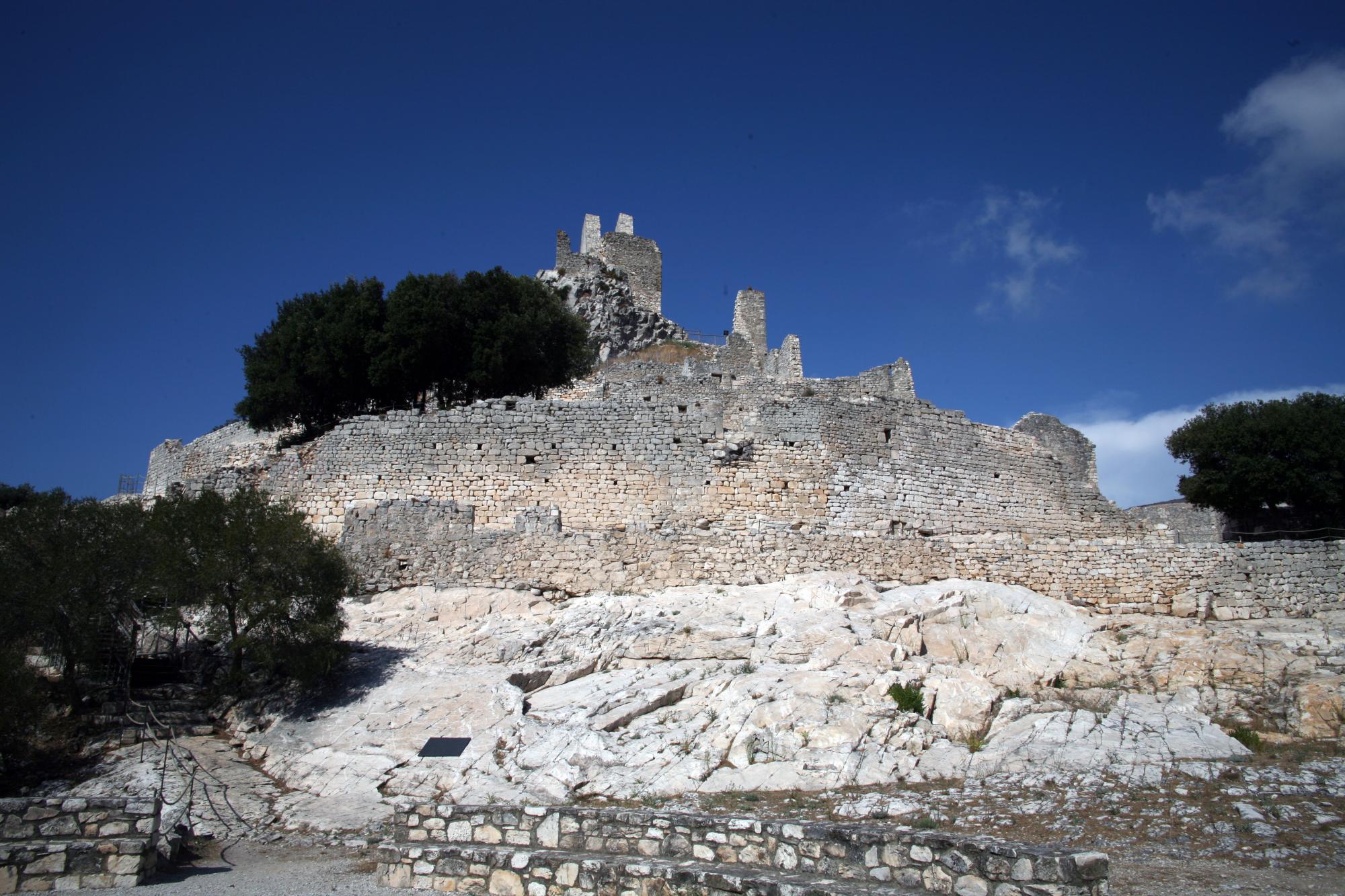
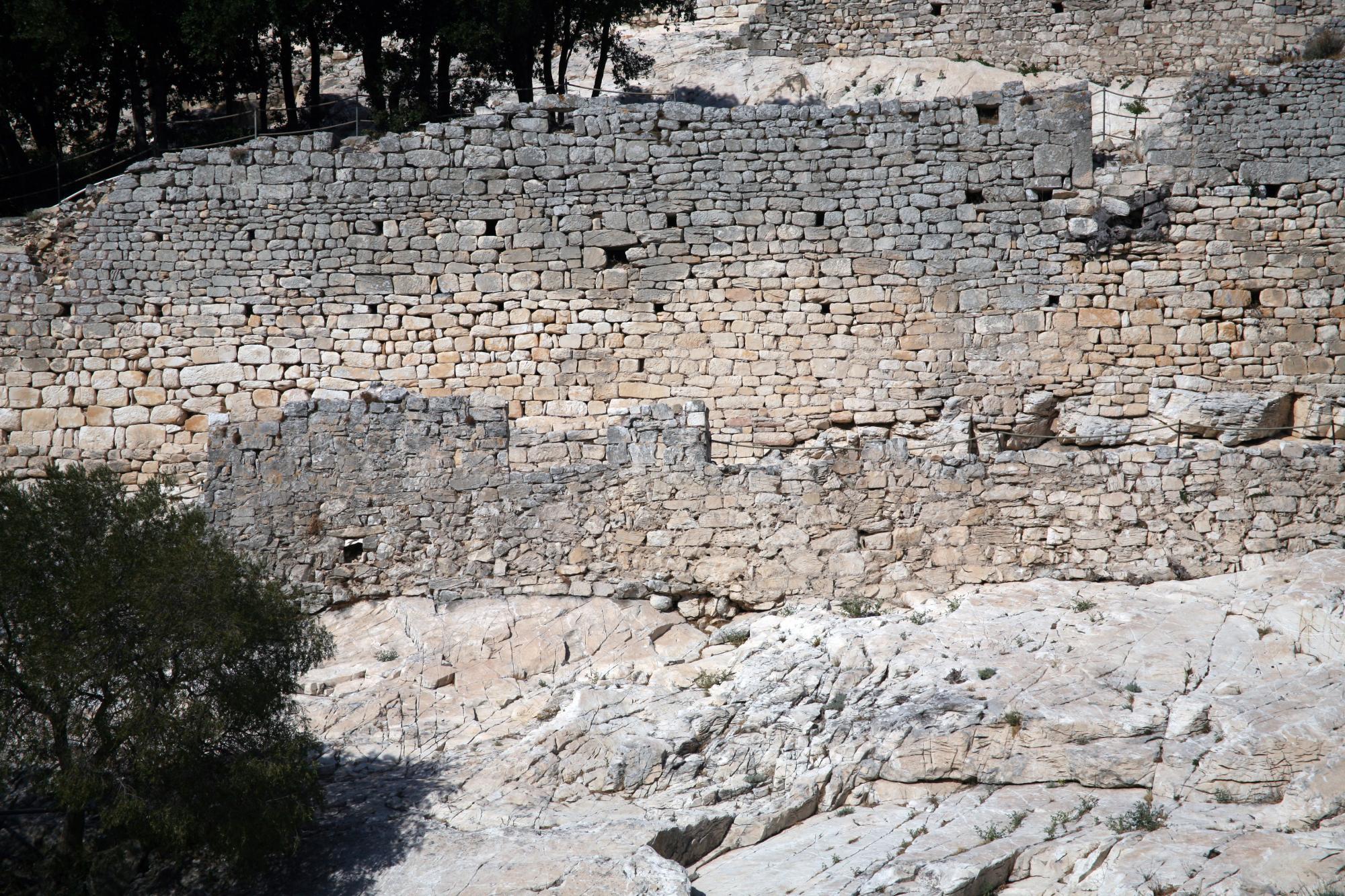
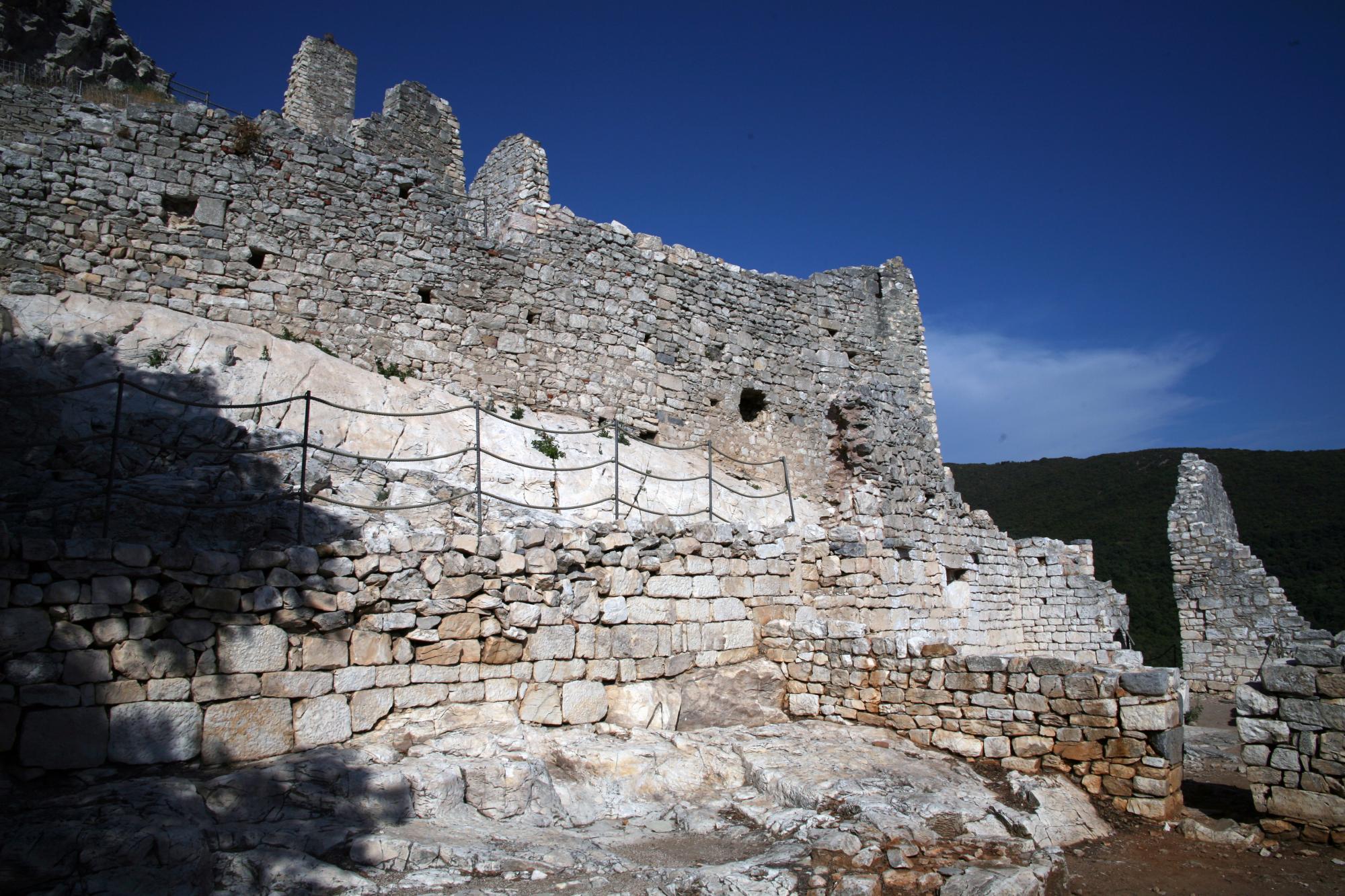
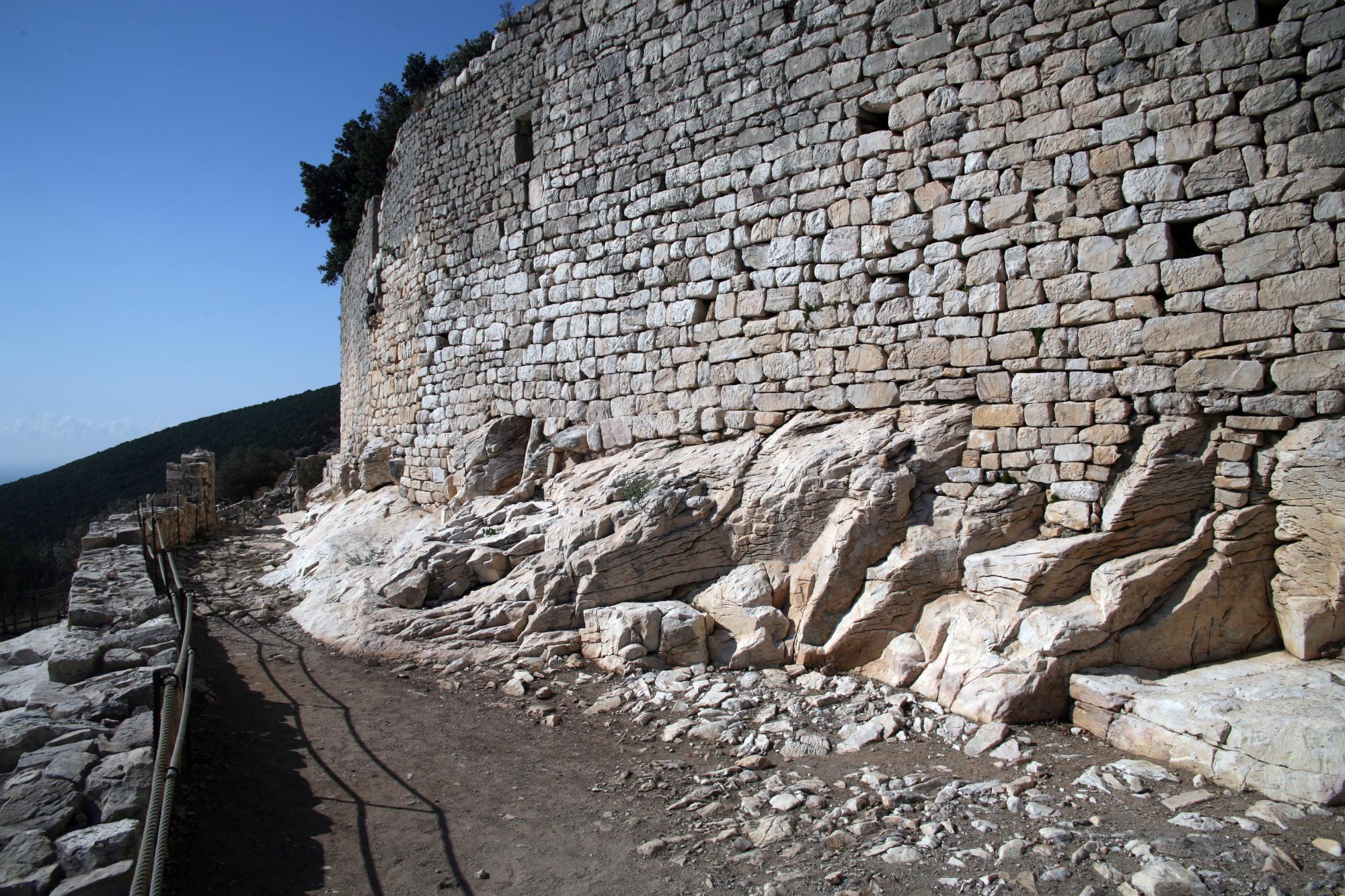
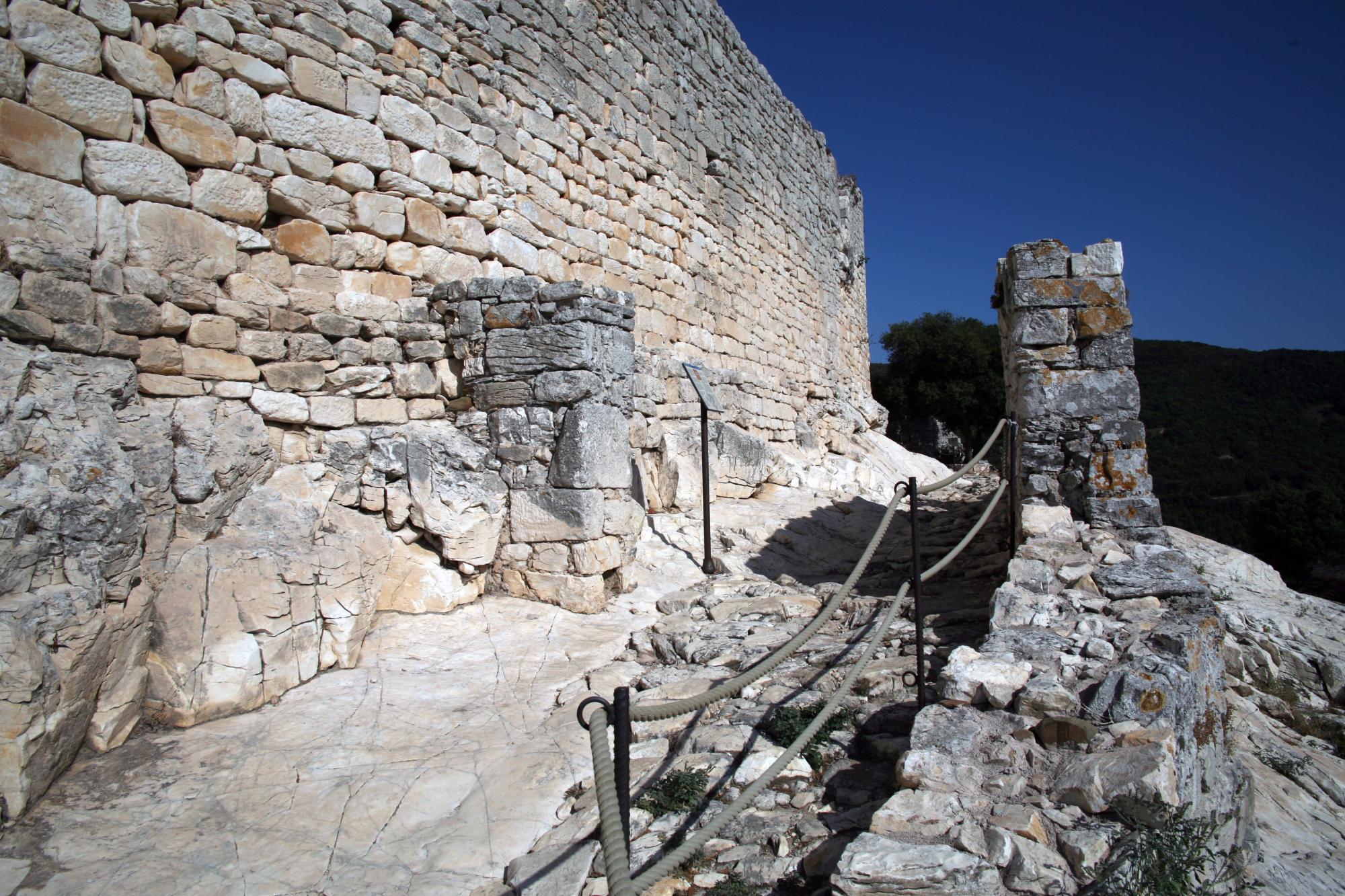
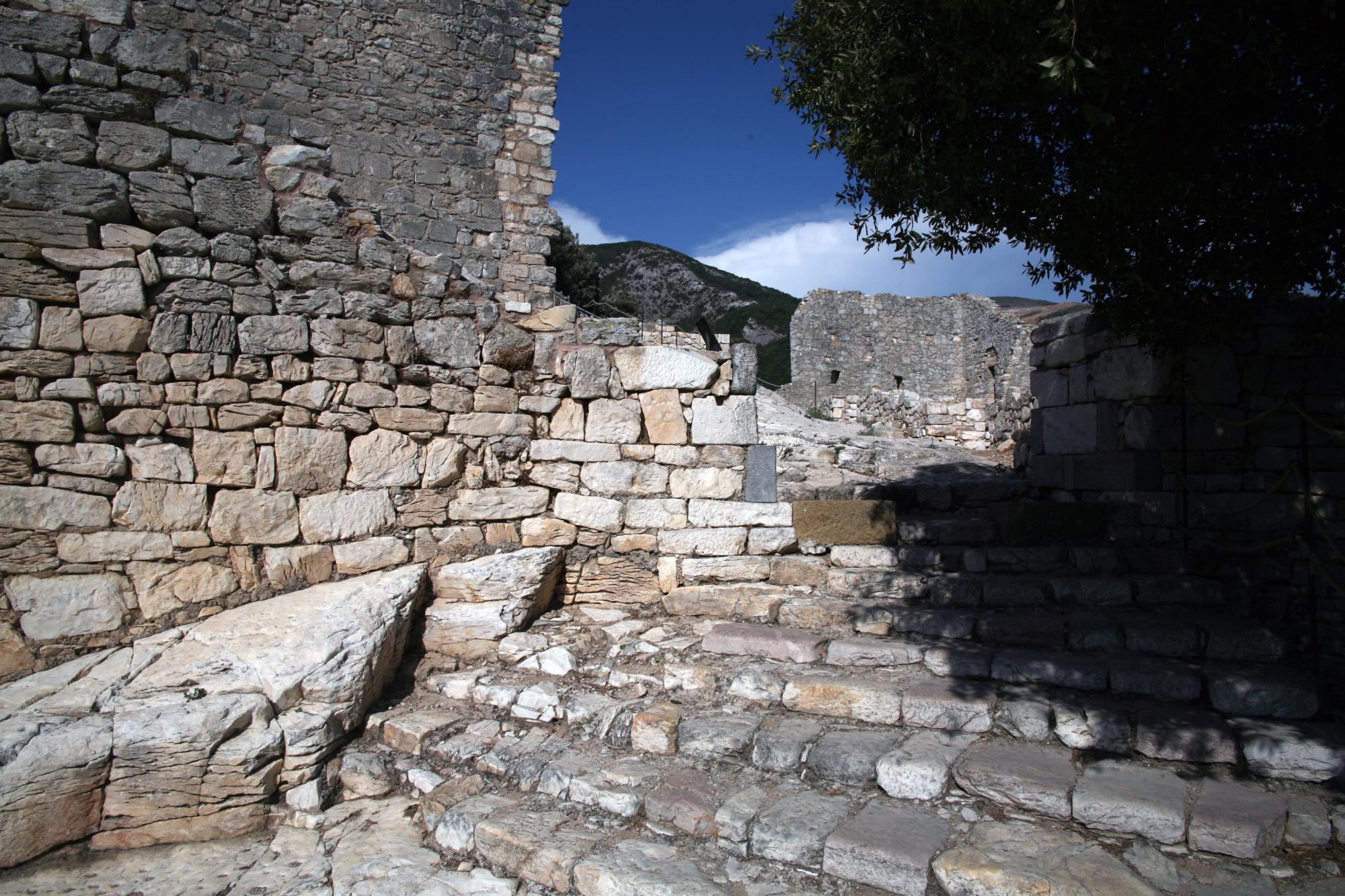
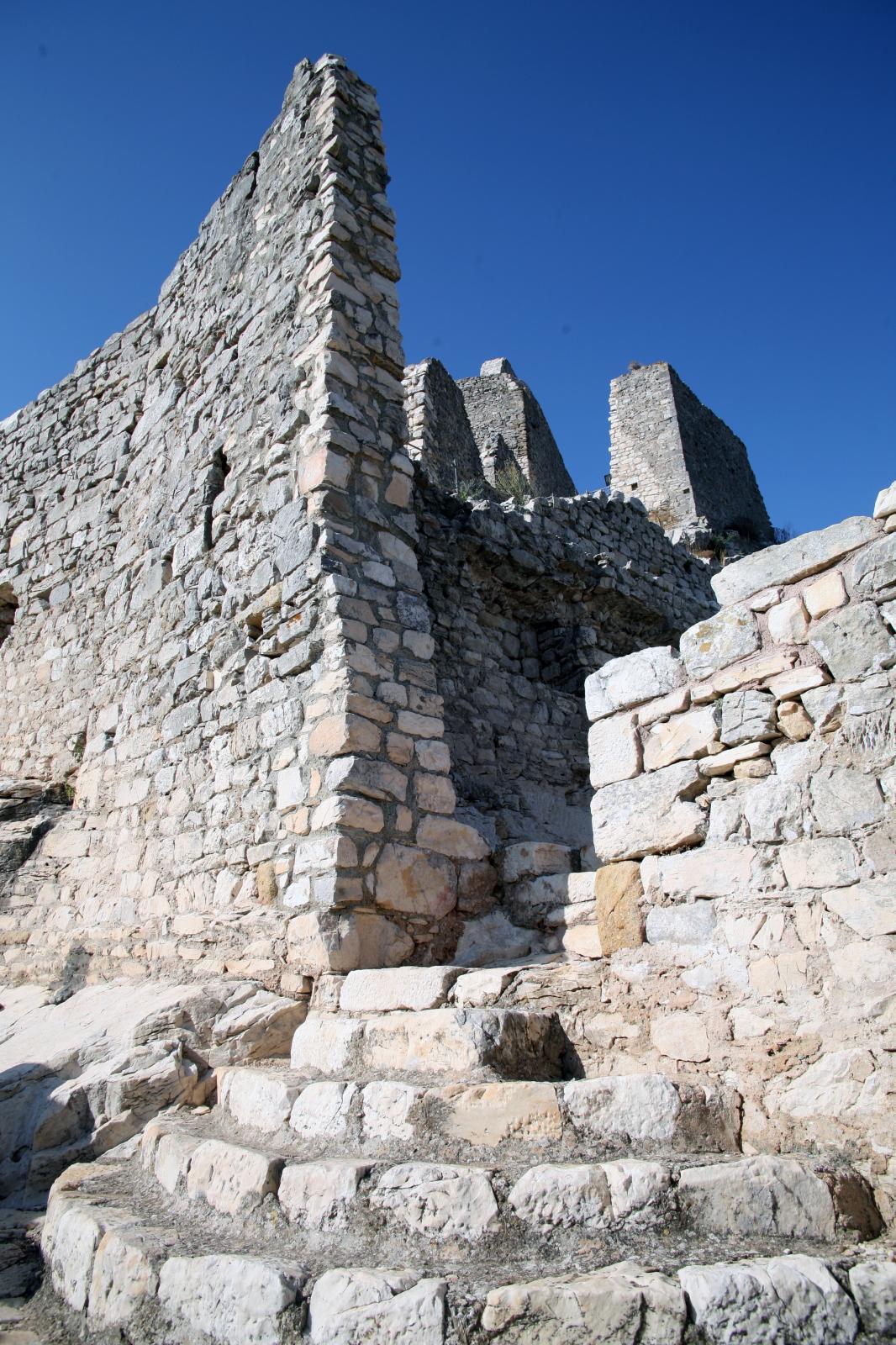

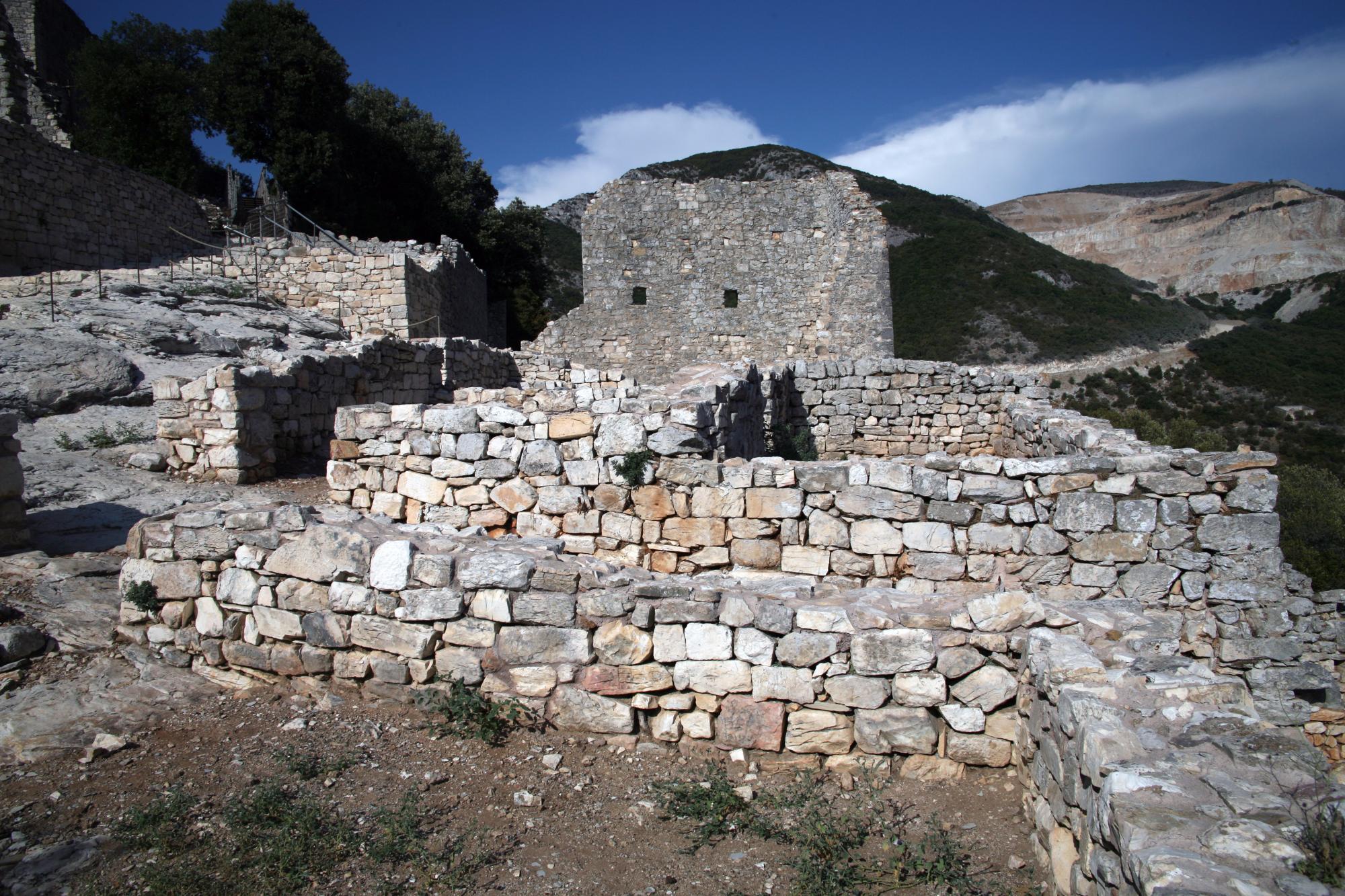
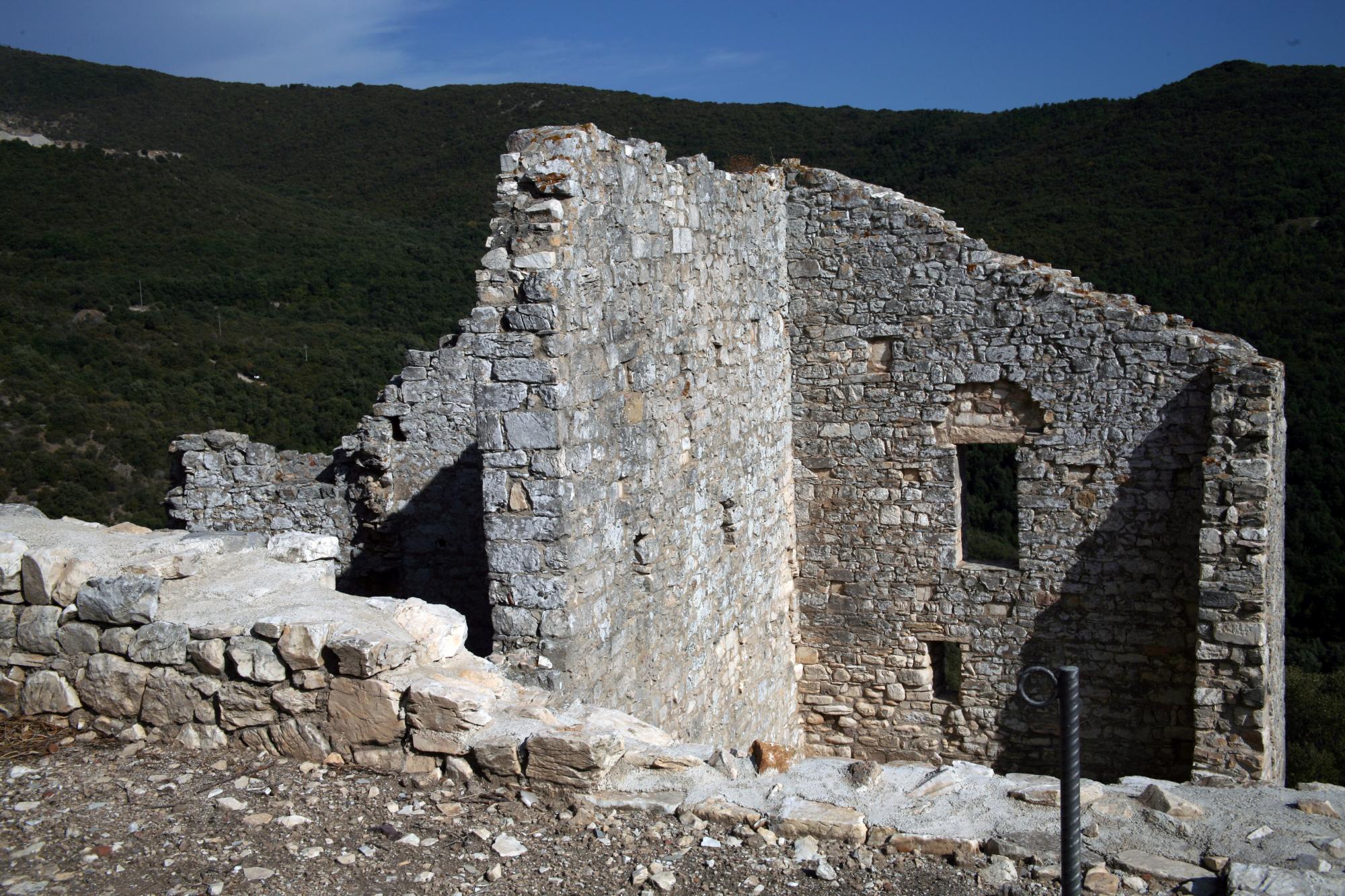
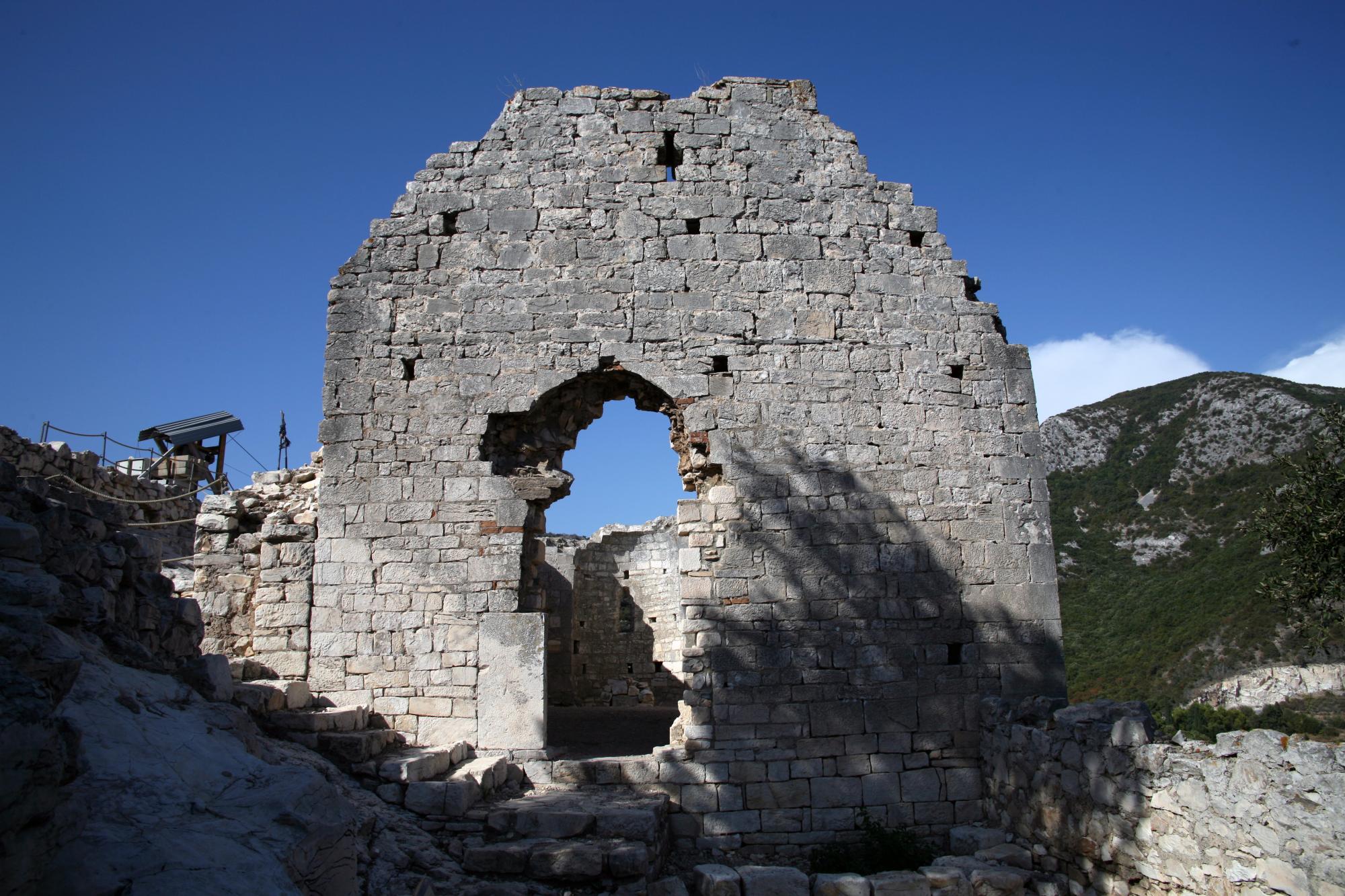
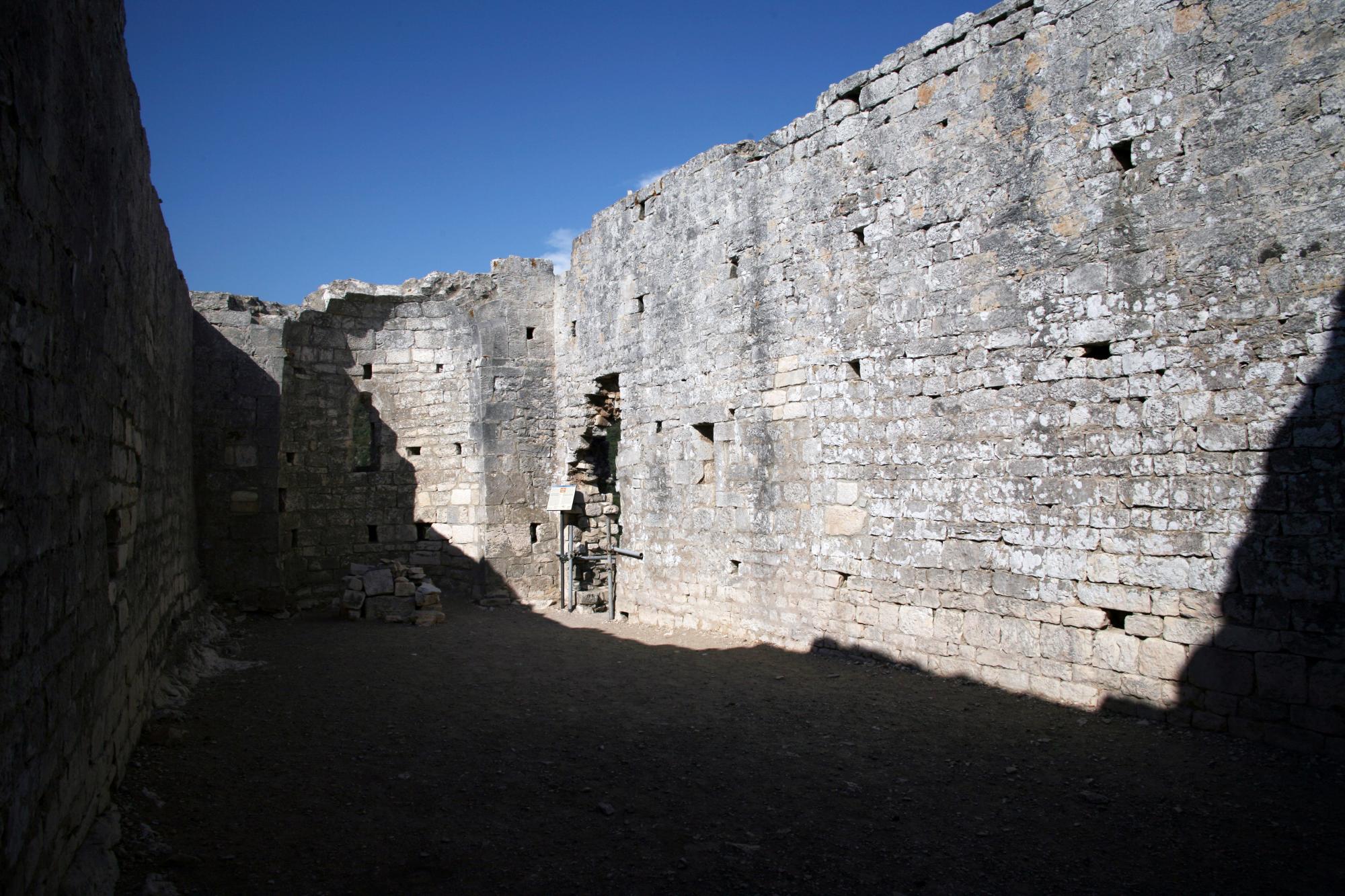
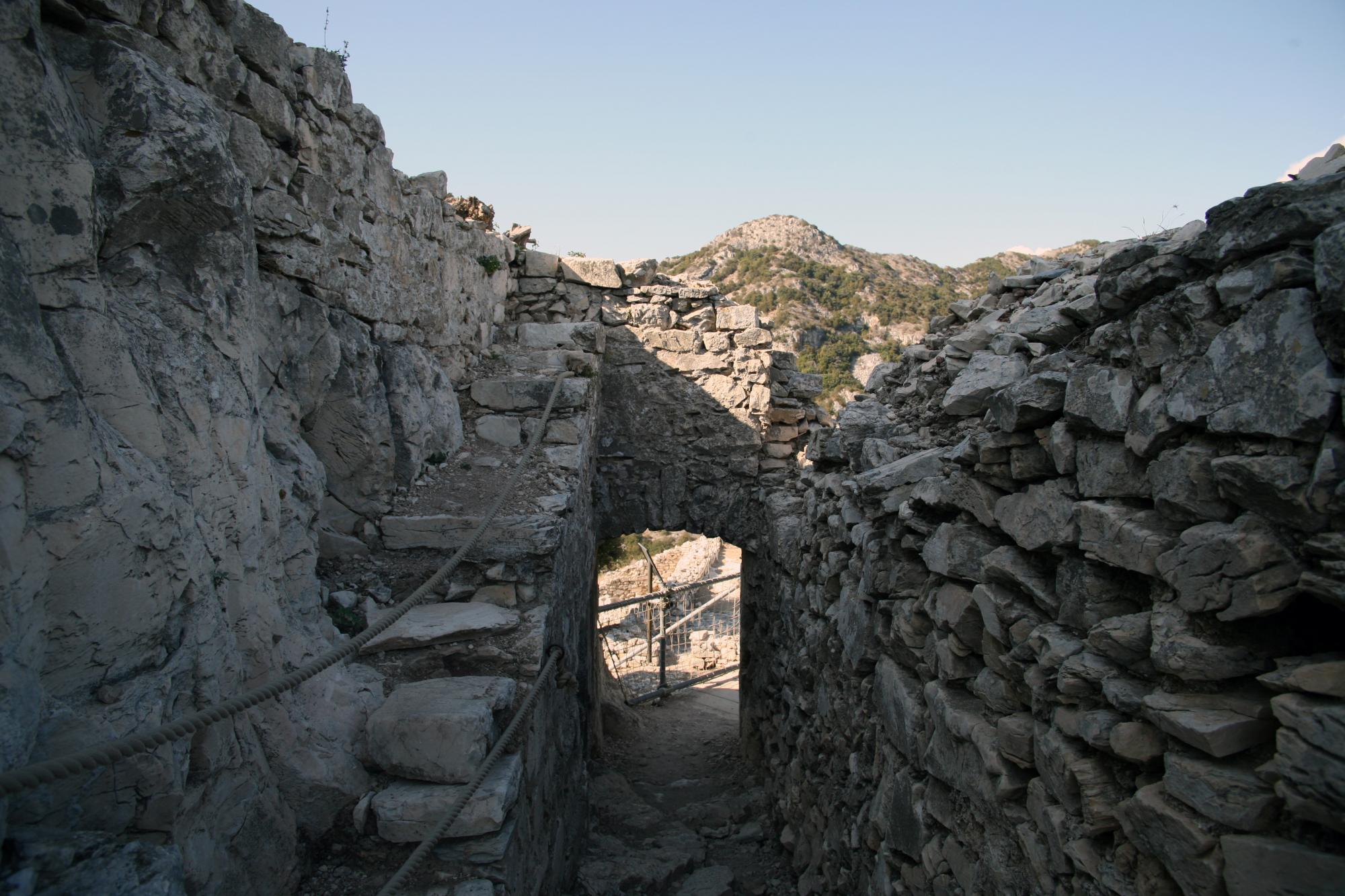
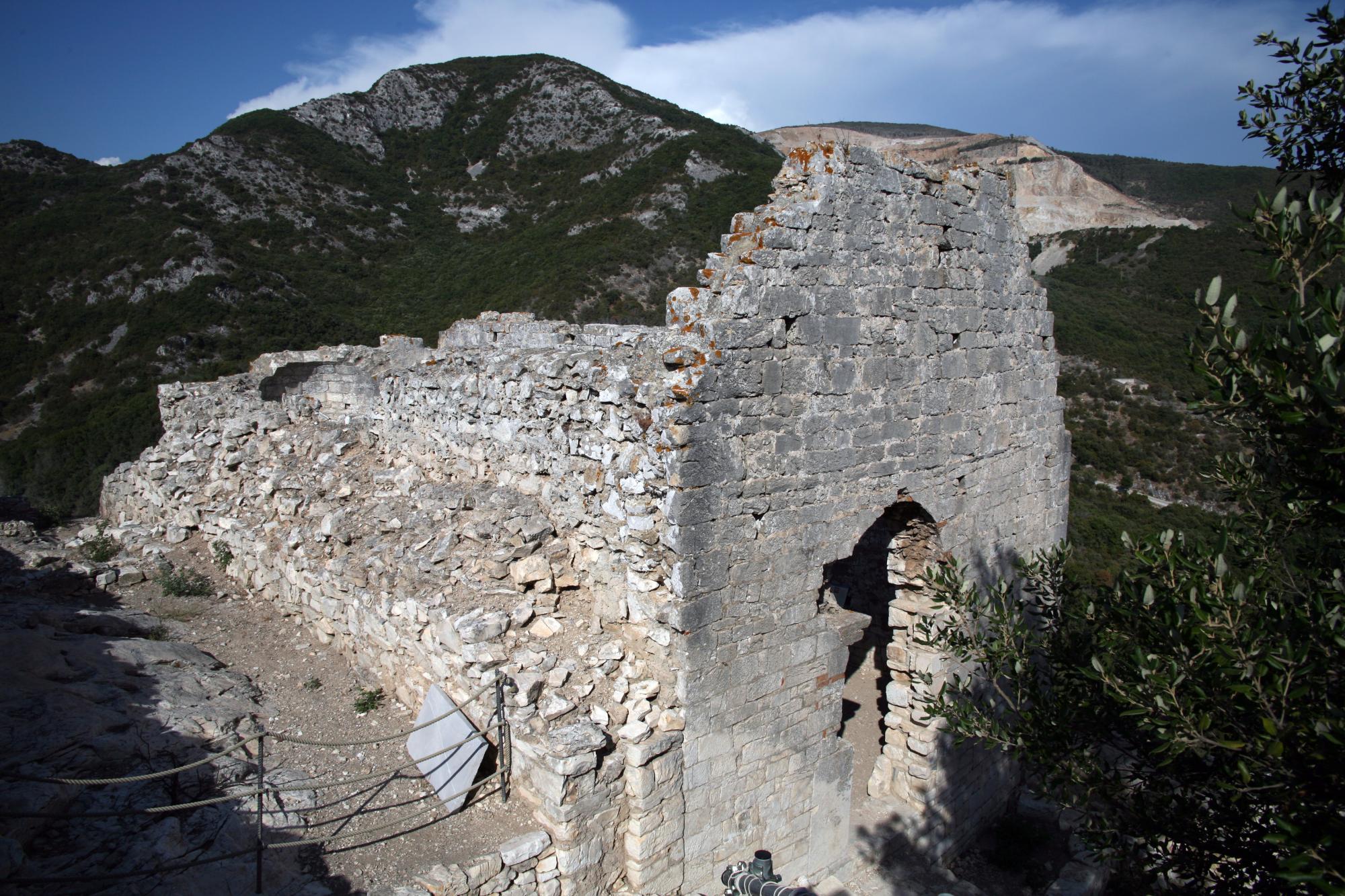
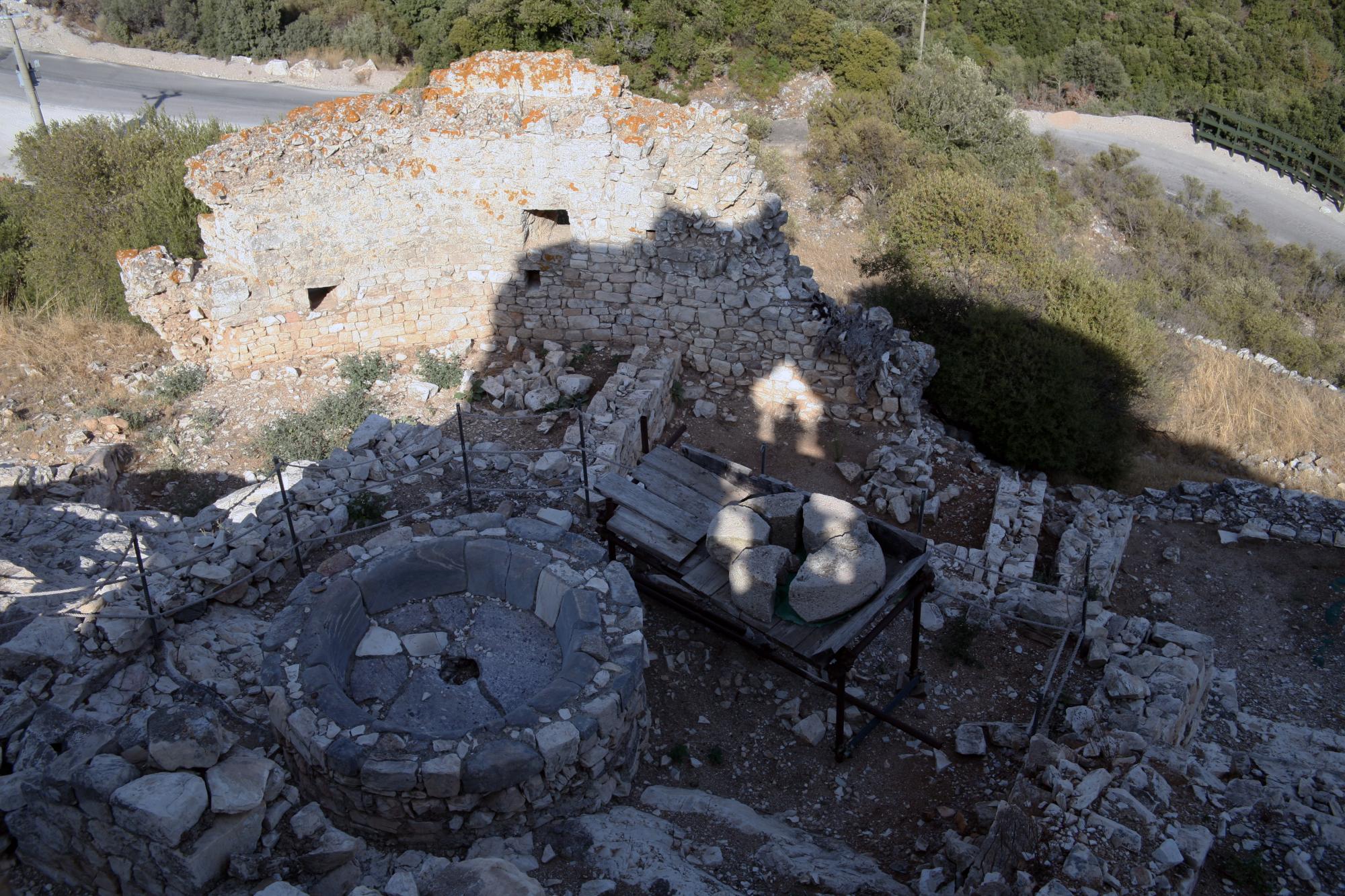
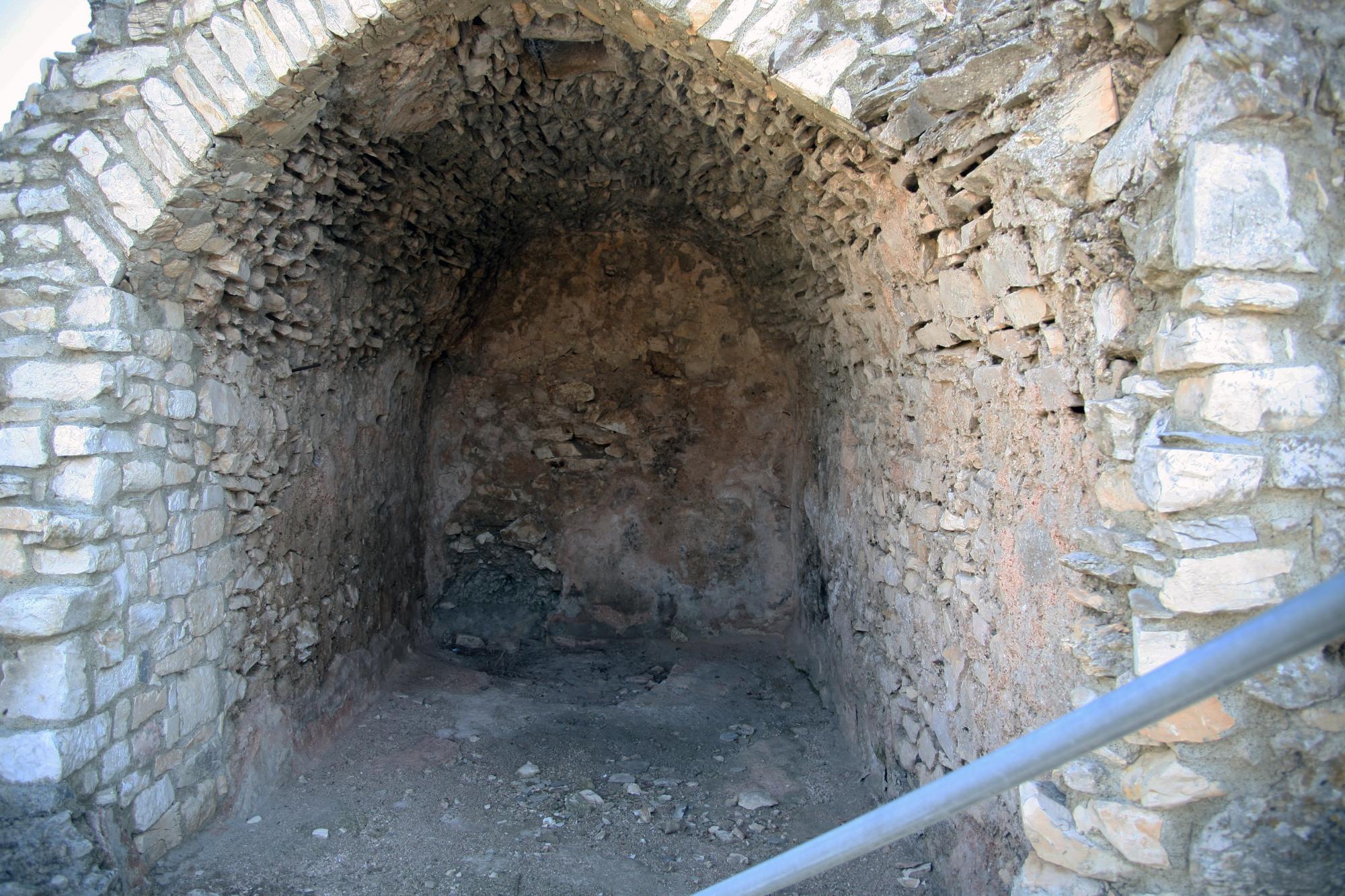


















How to reach
Rocca San Silvestro in Val di Cornia can be reached, either from south that from north, following the the SS1 Aurelia towards Campiglia Marittima, from which its around 3 kilometers far. The site rises to the slopes of the Mount Calvi in the heart of the archaeological park "Parco Archeominerario di San Silvestro" accessible only with guided tours.
History
The fortified village of Rocca San Silvestro, known during the whole Middle Age by the name of Rocca a Palmento, was one of the main settlements of the Tuscan Diocese of Populonia and then of Massa Marittima, thanks to its position on a rocky spur dominating the coastline lowland, marshy at the time, between the Gulf of Baratti and the Metalliferous Hills. More than military, its importance was due to the extractive activity. Since the times of the Etruscans, a great part of the area of the hamlet was destined for the transformation of silver, copper and lead of which its underground was rich.
The castle had its origins between the 10th and 11th centuries, when the counts of the Gherardesca decided to exploit the mining resources of the zone. The first traces of fortifications dating from this period are: the residence of the Lords (Visdomini) was at the peak of the inhabited area, almost like an 'acropoli' defended by a stone enclosure at the time not strengthened by the keep, while the rest of the hamlet was encircled by a second walled curtain.
With the decline of the Gherardesca family and, at the beginning of the 12th century, the takeover of the Della Rocca as Lords of the Castle, Rocca San Silvestro had strong economic and urban growth. The town walls were rebuilt and gifted a fortified gate preceded by a stone stairway; the feudal residence was provided of a high square watch tower with the function of keep, two water cisterns; the church was enlarged; and even the houses of the village, almost all on one floor, were reconstructed following a primordial urbanistic plain for the rationalization of the spaces.
Inside the new walls, the settlement was divided into sectors: west, the residential zone; east, industrial and handicraft. The new foundry and the forge were rebuilt outside the town. In the 13th century, the fortifications were strengthened, and the majority of the residences were raised, adding a second floor. At the end of this century began the abandonment of the Rocca, caused by the great conflicts with the near-powerful Pisa and the discovery of new mines in Sardinia, but mainly by the great use of hydraulic energy in the mining activity's new techniques (which were impossible to carry on due to the lack of surface water). The decrease in inhabitants brought about a transformation in agricultural areas of a great part of the mining zones, and during the following century, Rocca San Silvestro was definitely abandoned. Thanks to the Department of Archaeology and History of the University in Siena, on the site have been carried on important excavations.
More info & notes
On the site there is today an archaeological park museum open to the visitors.